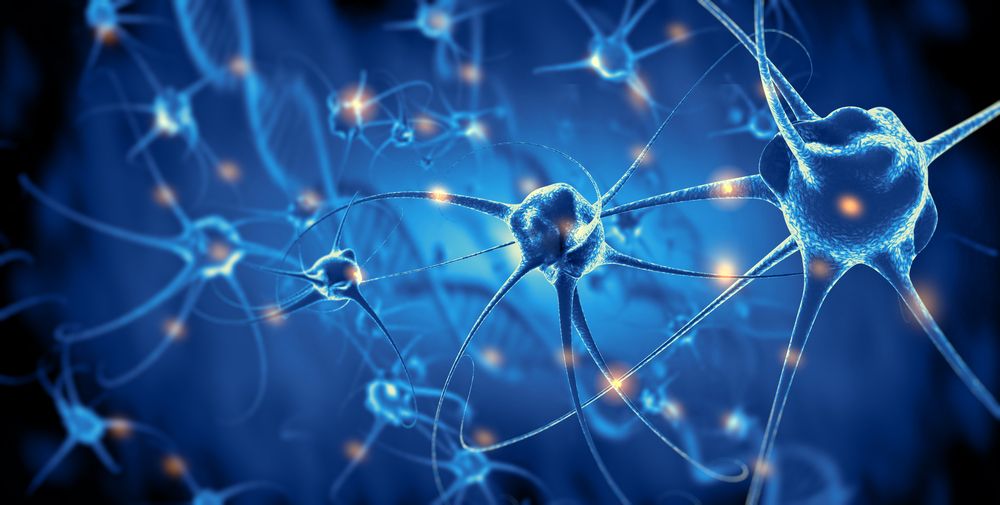New research on brain ageing and mitochondria from Salk Institute.
Thanks to a new technique, researchers from the Salk Institute’s Gage laboratory have shown that impaired energy production might be a reason why human brains are susceptible to age-related diseases in the first place [1].
In particular, Salk scientists observed that induced neurons (iNs) obtained from fibroblasts of older individuals had dysfunctional mitochondria and therefore decreased energy levels compared to younger neurons. Out-of-shape mitochondria have previously been implicated in degenerative brain diseases, such as Alzheimer’s and Parkinson’s, and this finding might help reveal more about the connection between these diseases and this particular hallmark of aging.
Mitochondrial dysfunction 101
Our readers are probably familiar with the 2013 study “The Hallmarks of Aging”, a review describing in detail what is known of the typical signs of age-related degeneration at the molecular level [2]. Mitochondrial dysfunction is a hallmark in its own right, and it can be thought of as the meltdown of cellular energy production facilities.
